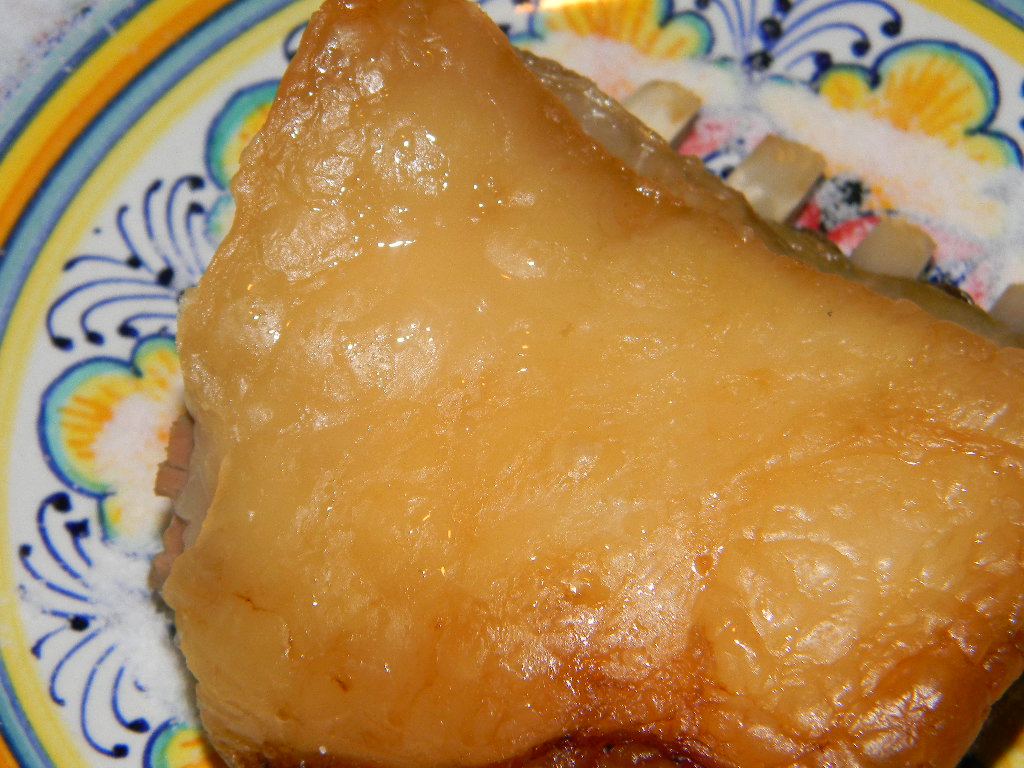Zero Carb Keto
Lamb/Mutton: Perfect Food!
I have gone back to plastic-free living! But of course, I want to maintain my carnivore lifestyle. So I found a couple of good options for grassfed beef and mutton in totally recyclable steel cans!
The grassfed beef is just 100% grassfed beef and salt. It is delicious! But it is on the lean side, around 45% fat / 55% protein! Not as good for staying on a ketogenic ratio.
However, I also found tushonka canned mutton! Tushonka is a Russian recipe for canned meat with just simple seasoning of salt, peppercorns, and bay leaf. The canned mutton is very delicious, and the mild seasonings do not seem to bother my gut (knock on wood). The fat content is a perfect ketogenic ratio of 65% fat / 35% protein!
Almost all cuts of lamb and mutton (besides heart, liver, and kidney) fall within a naturally ketogenic ratio. The meat, when 100% grassfed, is extremely nutritious, delicious, and satisfying, with a perfect omega 6:3 ratio of 4:1! (For more comparison of omega 6:3 ratio and nutrients among meat types, see this article:
https://www.nutritionadvance.com/types-of-meat/, you will see why I try to avoid pork and poultry!)
Sheep are great for the health of the topsoil and environmental diversity and sustainability. Sheep do not require as much pasture as cattle, and their habitats include hilly, rocky, mountainous, even desert areas that would not work for cattle. They can be found in Death Valley, as well as elevations as high as 19,000 feet!
In addition, we can also make use of sheep's wool, sheepskin, leather, and milk. Merino wool is amazingly soft, offering warmth but yet comfort and breathability. Sheepskin offers an amazing insulation capacity. Lamb and sheep leather is much softer and stretchier than cow leather. Sheep milk is much higher in fat and nutrients than other milks, is naturally homogenized and can be frozen without separating. Sheep milk produces two and half times more cheese per ounce of milk than cow milk. Yogurt made with sheep milk requires no firming agents, unlike other milks.
Truly an amazing and wondrous animal!
 |
Wild sheep
|
 |
Mountain sheep
|



Comments
Post a Comment